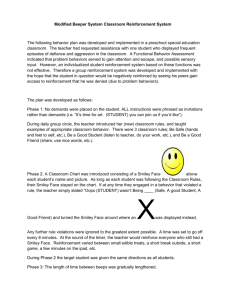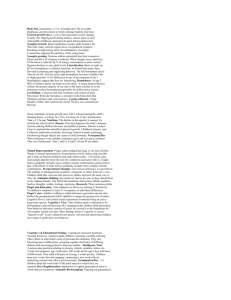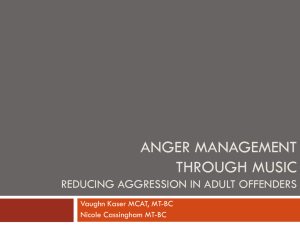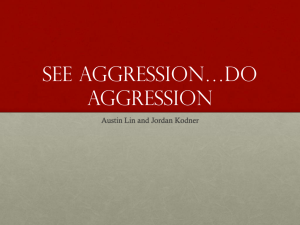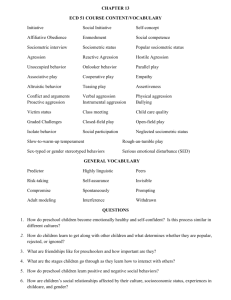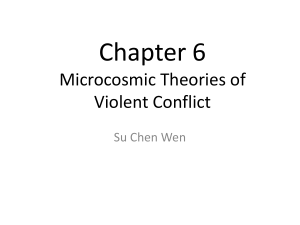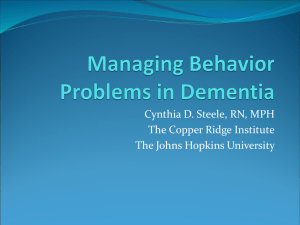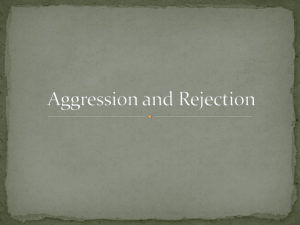Demand-Fading Behavior Intervention Plan for Autism
advertisement
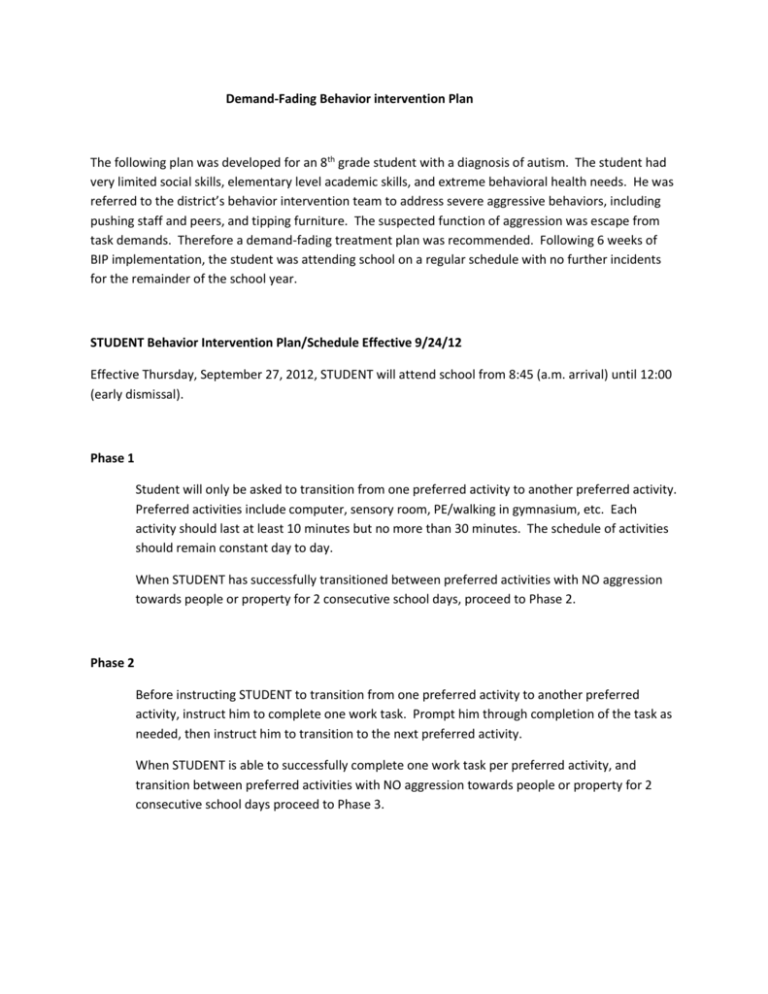
Demand-Fading Behavior intervention Plan The following plan was developed for an 8th grade student with a diagnosis of autism. The student had very limited social skills, elementary level academic skills, and extreme behavioral health needs. He was referred to the district’s behavior intervention team to address severe aggressive behaviors, including pushing staff and peers, and tipping furniture. The suspected function of aggression was escape from task demands. Therefore a demand-fading treatment plan was recommended. Following 6 weeks of BIP implementation, the student was attending school on a regular schedule with no further incidents for the remainder of the school year. STUDENT Behavior Intervention Plan/Schedule Effective 9/24/12 Effective Thursday, September 27, 2012, STUDENT will attend school from 8:45 (a.m. arrival) until 12:00 (early dismissal). Phase 1 Student will only be asked to transition from one preferred activity to another preferred activity. Preferred activities include computer, sensory room, PE/walking in gymnasium, etc. Each activity should last at least 10 minutes but no more than 30 minutes. The schedule of activities should remain constant day to day. When STUDENT has successfully transitioned between preferred activities with NO aggression towards people or property for 2 consecutive school days, proceed to Phase 2. Phase 2 Before instructing STUDENT to transition from one preferred activity to another preferred activity, instruct him to complete one work task. Prompt him through completion of the task as needed, then instruct him to transition to the next preferred activity. When STUDENT is able to successfully complete one work task per preferred activity, and transition between preferred activities with NO aggression towards people or property for 2 consecutive school days proceed to Phase 3. Phase 3 Before instructing STUDENT to transition from one preferred activity to another preferred activity, instruct him to complete two work tasks. Prompt him through completion of the task as needed, then instruct him to transition to the next preferred activity. When STUDENT is able to successfully complete two work tasks per preferred activity, and transition between preferred activities with NO aggression towards people or property for 2 consecutive school days, proceed to Phase 4. Phase 4 Gradually increase the length of his school day and duration of work tasks necessary for access to preferred activities (determined based on results of prior phases). Note 1: Recommendations for support through DDD and behavioral health services were also suggested, and the DDD case manager was part of the team. Medication changes were recommended but the district had no control over follow-through, and there was a history of inconsistent use of medications. Note 2: The BIP is designed in phases. This approach is recommended to ensure proper fading in (increase) of demands and thinning (decrease) of reinforcement. Note 3: The student was moved to a classroom with structure, environmental supports, and a very engaging teacher during Phase 3. Note 4: Criteria for aggression was modified to a scale of 1-2-3 levels of aggression, and only levels 2 and 3 were considered for remaining in a given phase. Brief mild occurrences such as swatting a paper or book were considered level 1 and not considered for remaining in a given phase. See the schedule and behavior tracking table that were also provided below. Anticipated Schedule: Week 1 Week 2 9/27 9/28 9/29 9/30 Phase 1 Phase 1 Home Home 10/1 10/2 10/3 10/4 10/5 10/6 10/7 Phase 1 Phase 2 Phase 2 Phase 2 Phase 2 Home Home 10/8 10/9 10/10 10/11 10/12 10/13 10/14 Phase 3 Phase 3 Phase 3 Phase 3 Phase 3 Home Home Week 4 10/15 10/16 10/17 10/18 10/19 10/20 10/21 (BREAK) Home Home Home Home Home Home Home Week 5 10/22 10/23 10/24 10/25 10/26 10/27 10/28 Phase 3 Phase 3 Reexamine Week 3 Note: The schedule reflects multiple days at each level to prepare the team to expect some continued aggression at each phase. Data Collection WeeK of _________ Circle “S to indicate aggression toward staff. Circle “P” to indicate aggression toward property. Circle 1 for mild aggression that occurred only briefly, 2 for moderate aggression that occurred several times during the activity or transition, and 3 for aggression that was sustained for more than 5 minutes. Monday Time/Activity Tuesday Wednesday Thursday Friday Bx During Activity Bx At Trans. Bx During Activity Bx At Trans. Bx During Activity Bx At Trans. Bx During Activity Bx At Trans. Bx During Activity Bx At Trans. S S S S S S S S S S P P P P P P P P P P 1 2 3 1 2 3 1 2 3 1 2 3 1 2 3 1 2 3 1 2 3 1 2 3 1 2 3 1 2 3 S S S S S S S S S S P P P P P P P P P P 1 2 3 1 2 3 1 2 3 1 2 3 1 2 3 1 2 3 1 2 3 1 2 3 1 2 3 1 2 3 S S S S S S S S S S P P P P P P P P P P 1 2 3 1 2 3 1 2 3 1 2 3 1 2 3 1 2 3 1 2 3 1 2 3 1 2 3 1 2 3 S S S S S S S S S S P P P P P P P P P P 1 2 3 1 2 3 1 2 3 1 2 3 1 2 3 1 2 3 1 2 3 1 2 3 1 2 3 1 2 3 S S S S S S S S S S P P P P P P P P P P 1 2 3 1 2 3 1 2 3 1 2 3 1 2 3 1 2 3 1 2 3 1 2 3 1 2 3 1 2 3 S S S S S S S S S S P 1 2 3 P 1 2 3 P 1 2 3 P 1 2 3 P 1 2 3 P 1 2 3 P 1 2 3 P 1 2 3 P 1 2 3 P 1 2 3


